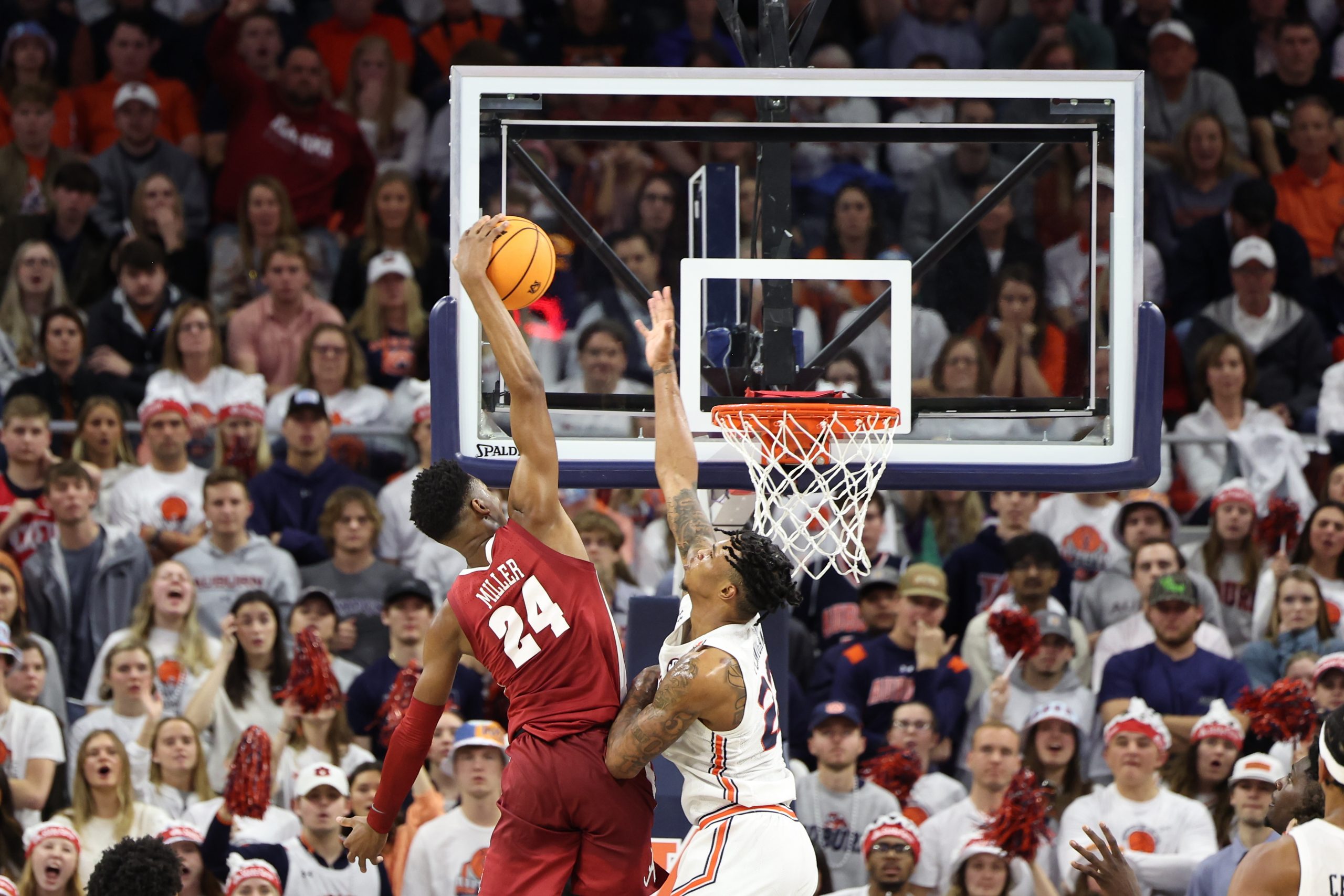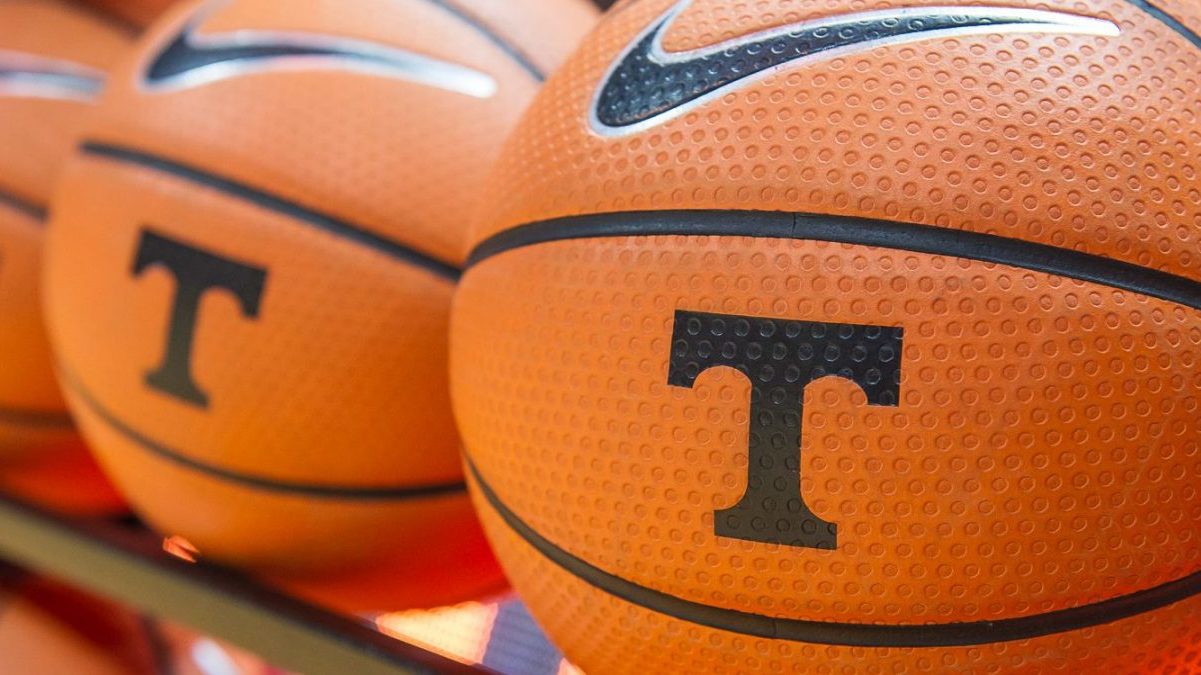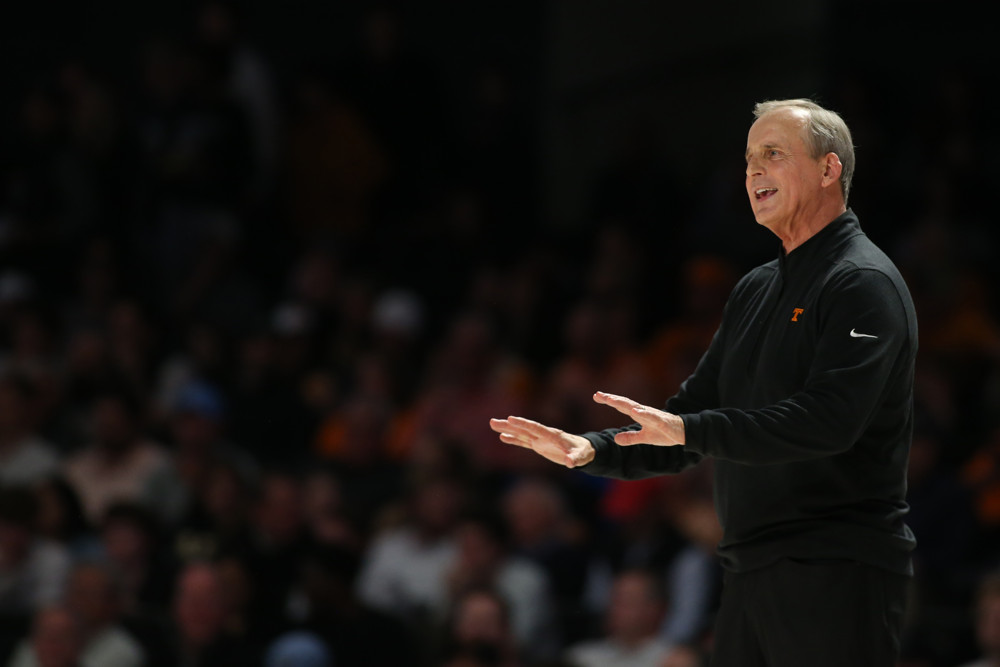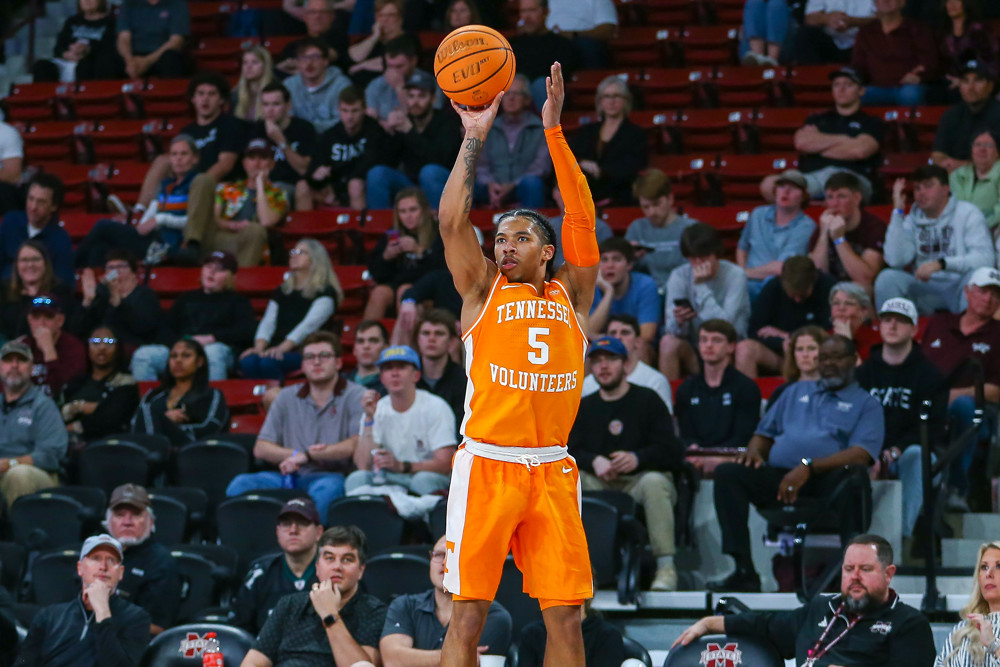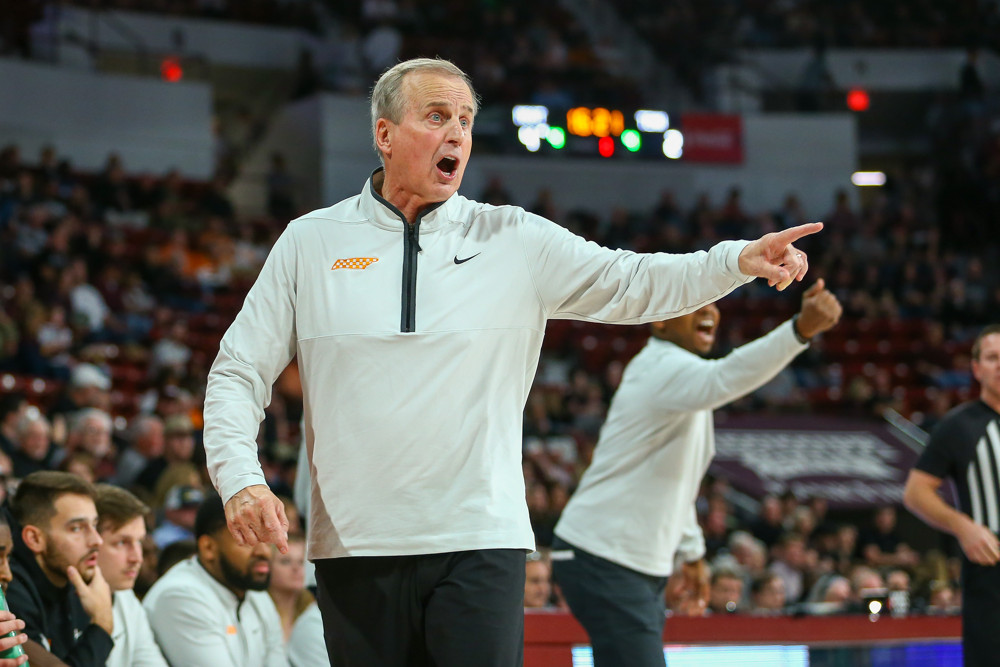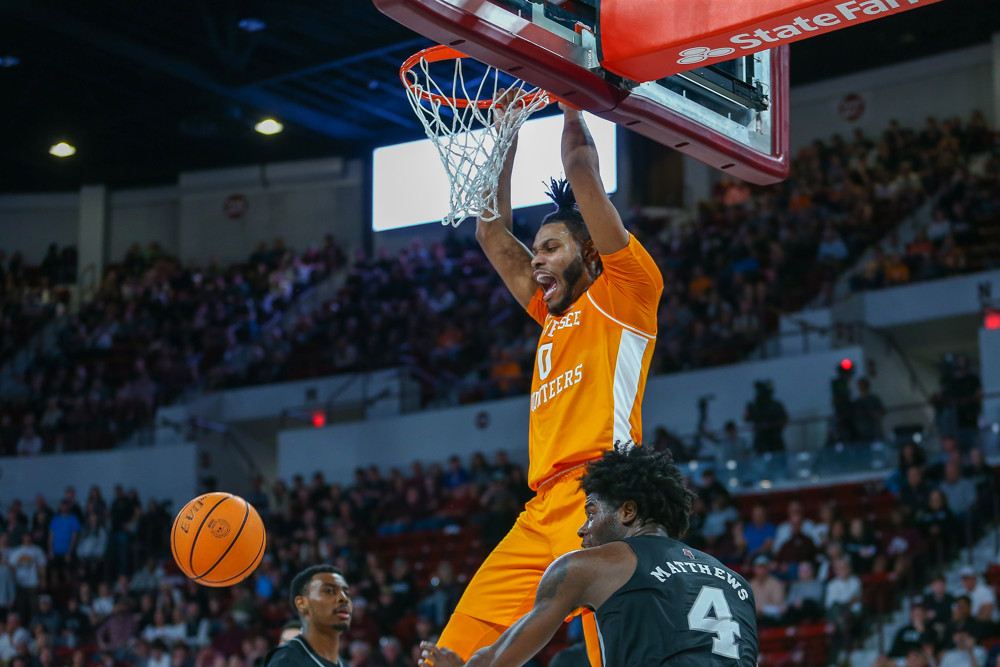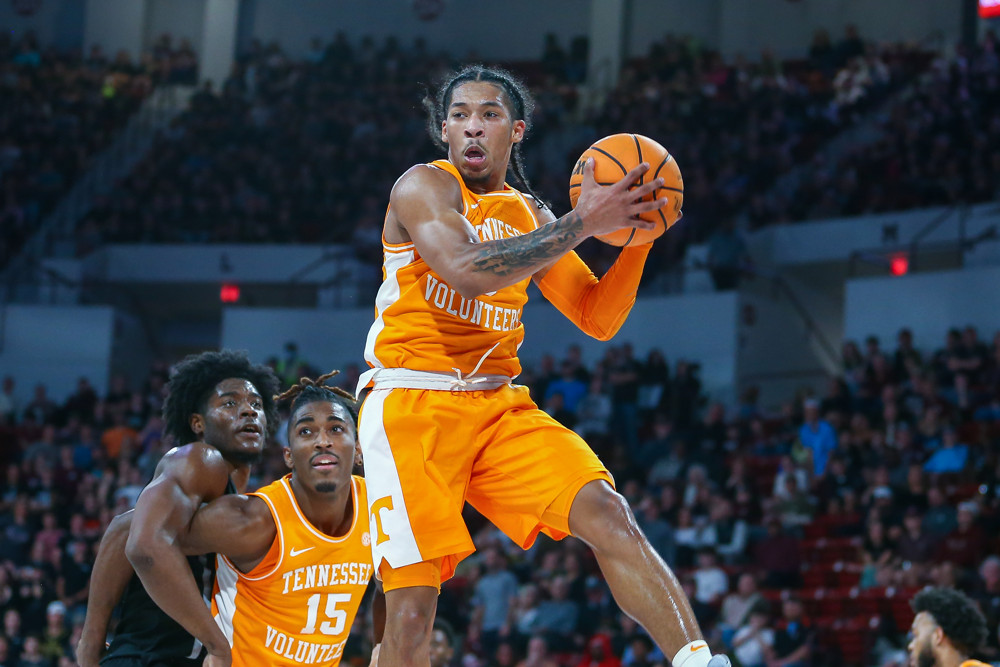What’s the best way to follow back-to-back heartbreak? Here comes the biggest opportunity of the season.
Tennessee and Alabama have played some good ones, with four of the last five meetings being decided by five points or less. Since Nate Oats arrived, Alabama has won three of four: the Vols rallied from 15 down behind 22 from John Fulkerson to win in Tuscaloosa in 2020. Then Bama scored the first win over Tennessee in 2021, knocking down 10 threes in an eight-point win in Knoxville. Jaden Springer got hurt after playing just five minutes.
That’s a common theme: Tennessee has been short-handed from the tip in the last two meetings, and may make it three Wednesday night. In the 2021 SEC Tournament, 24 hours after Fulkerson’s concussion, the Vols fought but fell against the SEC champs 73-68. And last year in Tuscaloosa, both Fulkerson and Kennedy Chandler were out, but the Vols again were game in another 73-68 defeat. We’ll see about the availability of Josiah-Jordan James and Julian Phillips this time around.
The Vols and Tide boast two of the best defenses in the nation. Tennessee is still number one in that department, with Alabama five (and Mississippi State up to four). But they go about it in different ways. The Tide are driven by taking away good shots: Alabama is second in the nation in three-point percentage allowed (26.3%), first in two-point percentage allowed. But they do all of that without committing to the creation of turnovers: Alabama is 311th nationally in turnover percentage.
Tennessee, of course, is first in the nation in effective field goal percentage allowed, and still first in three-point percentage allowed (24.2%) after last week’s barrage. But the Vols get a lot of their work done defensively in creating turnovers: 17th nationally in turnover percentage, with Zakai Zeigler and Santiago Vescovi both excellent in creating steals.
A quick word on luck: Alabama is 32nd in that stat at KenPom, and 4-0 in games decided by one or two possessions. The Vols are 3-3 in such contests now, but carry a luck rating of 293rd. That would be the “worst” luck rating of any tournament team here, other than the poster children from 2014, who went 0-6 in one or two possession games but almost made the Elite Eight. So yeah, it felt like this:
Back to turnovers: last year, what made for Tennessee’s worst basketball was easily identifiable here. The Vols had a season-high 20 turnovers in the nightmare at Rupp Arena, 18 in the loss to Villanova, 18 more in an overtime escape vs Ole Miss. When the Vols turned it over 14+ times, they were 7-4, and 20-4 otherwise. Like everything else in this sport, it wasn’t bulletproof – the Vols had a season-low six turnovers against Michigan – but it was pretty clear to see what made things get away from us.
But this year, two of Tennessee’s best performances (and two of our four Quad 1 wins) came when the Vols leaned in to the chaos offensively.
Against #3 Kansas in the Bahamas, Tennessee shot 12-of-27 from three and 80% from the free throw line. The three-guard combo of Zeigler, Vescovi, and Tyreke Key had 44 points, and Tennessee won easily 64-50. We also turned it over 24 times, by far a season high.
In Starkville, without Vescovi or Key, Zakai Zeigler played 40 minutes and finished with 24 points. The Vols also got an 18/11 from Julian Phillips, and pulled away late for a 70-59 win. Similar song and dance: 10-of-24 from three, 14-of-15 at the line…and 17 turnovers.
Is there something to be said here for simply being more aggressive offensively? And how might that manifest itself against an Alabama team that really isn’t interested in trying to take the ball from you?
What the Tide are interested in is going fast when they have possession: Bama plays at the second-fastest pace in the nation overall, and gets their shots off third-fastest. This, as we know, is not Tennessee’s primary love language. But if defense continues to be the constant for the Vols – and they’ll get a big test tonight – I’m curious to see if the offense can find an additional spark by creating from chaos.
It’s been a weird set of days, but here we are: a favorite over the number one team in the nation. We’ve seen enough, both in the past and the present with this team, to believe something good is available tonight.
Beat Bama.
